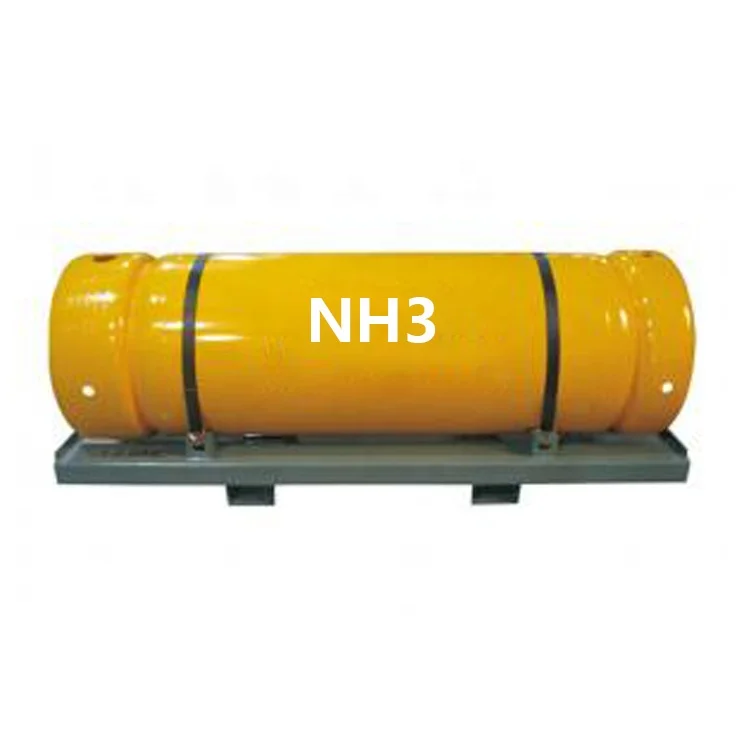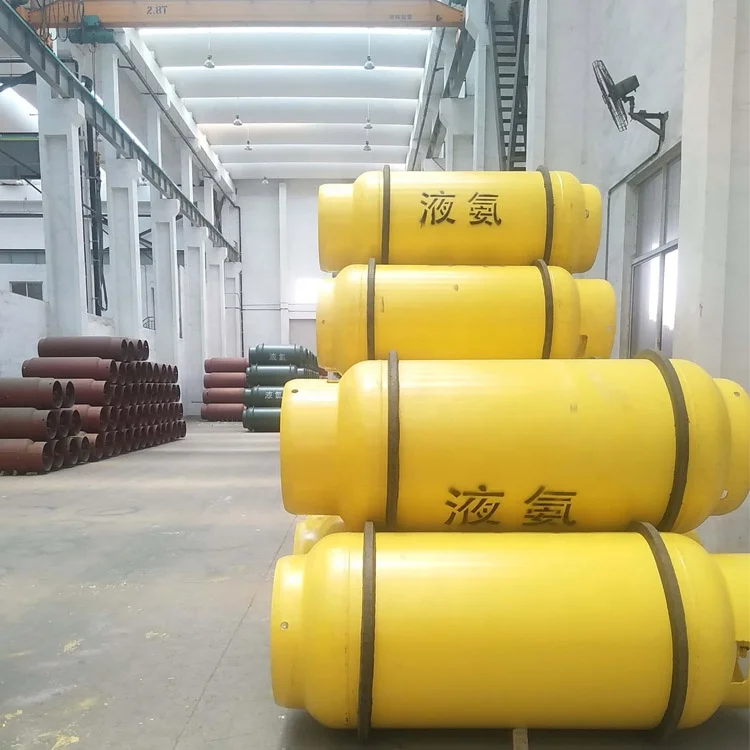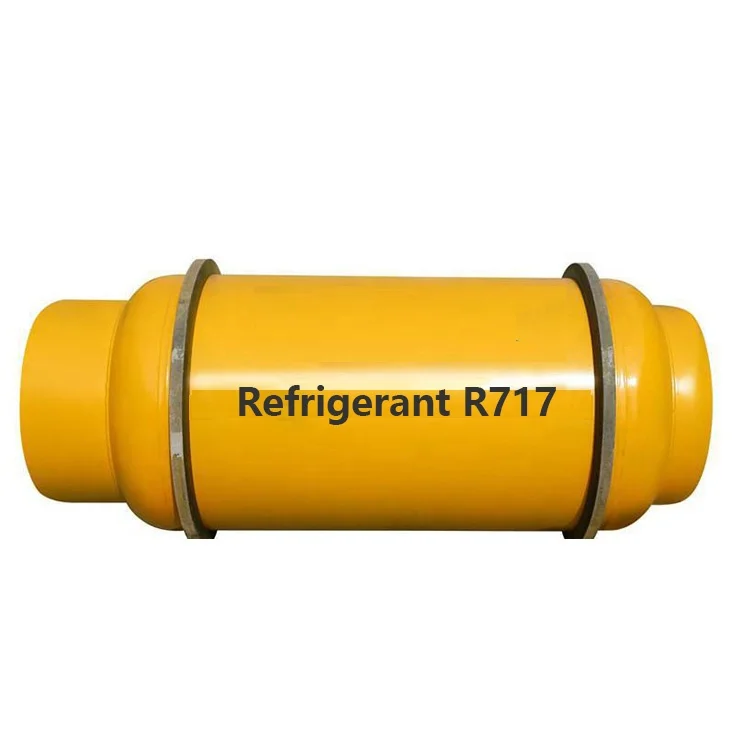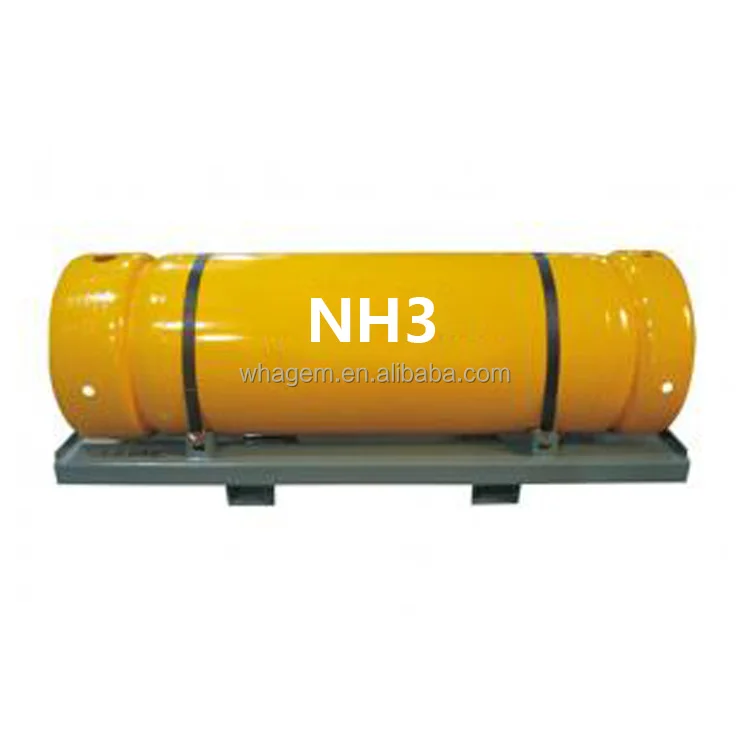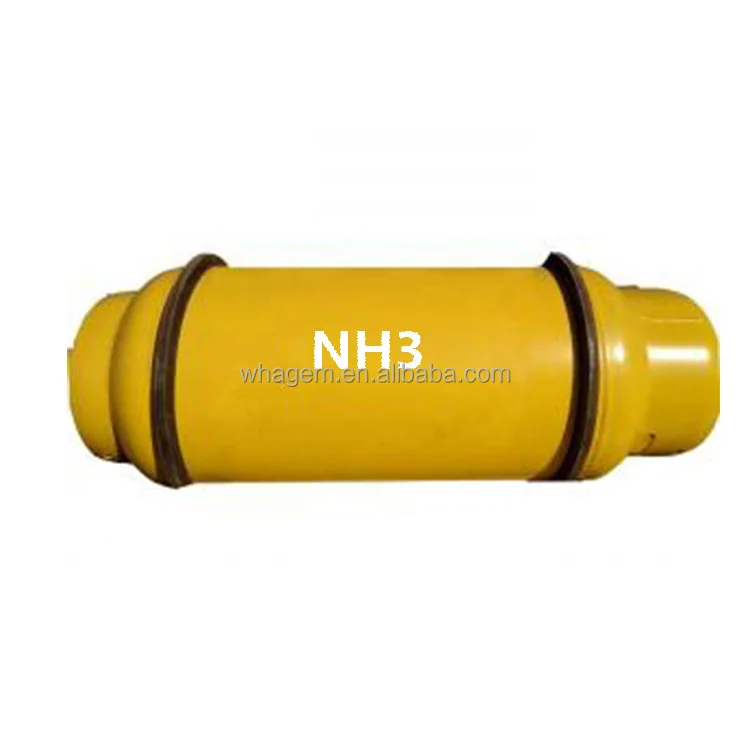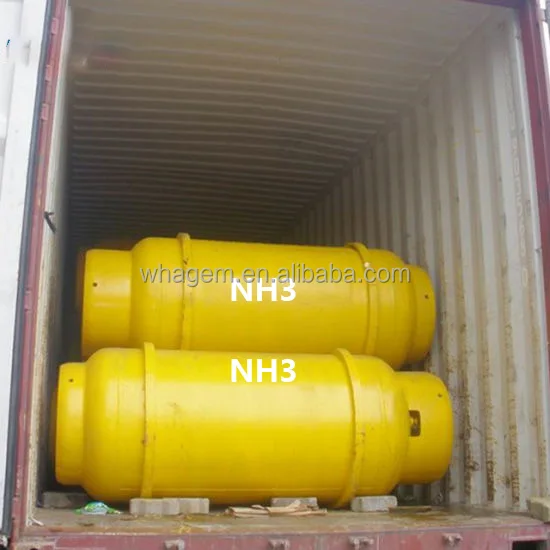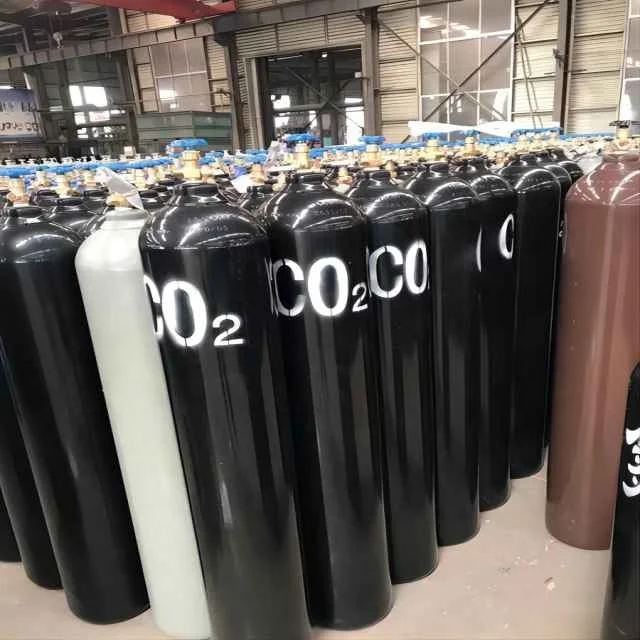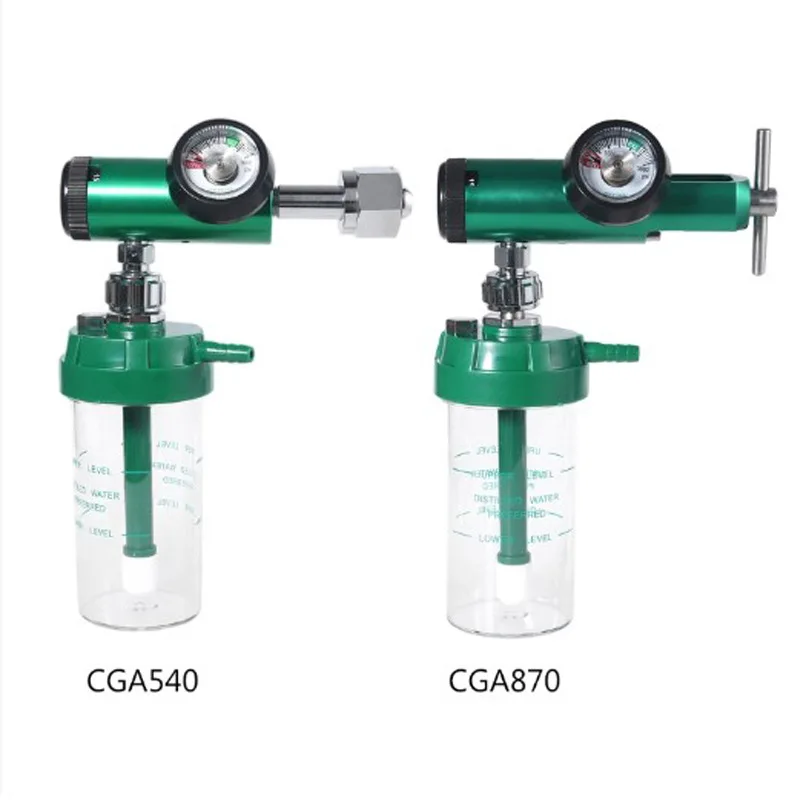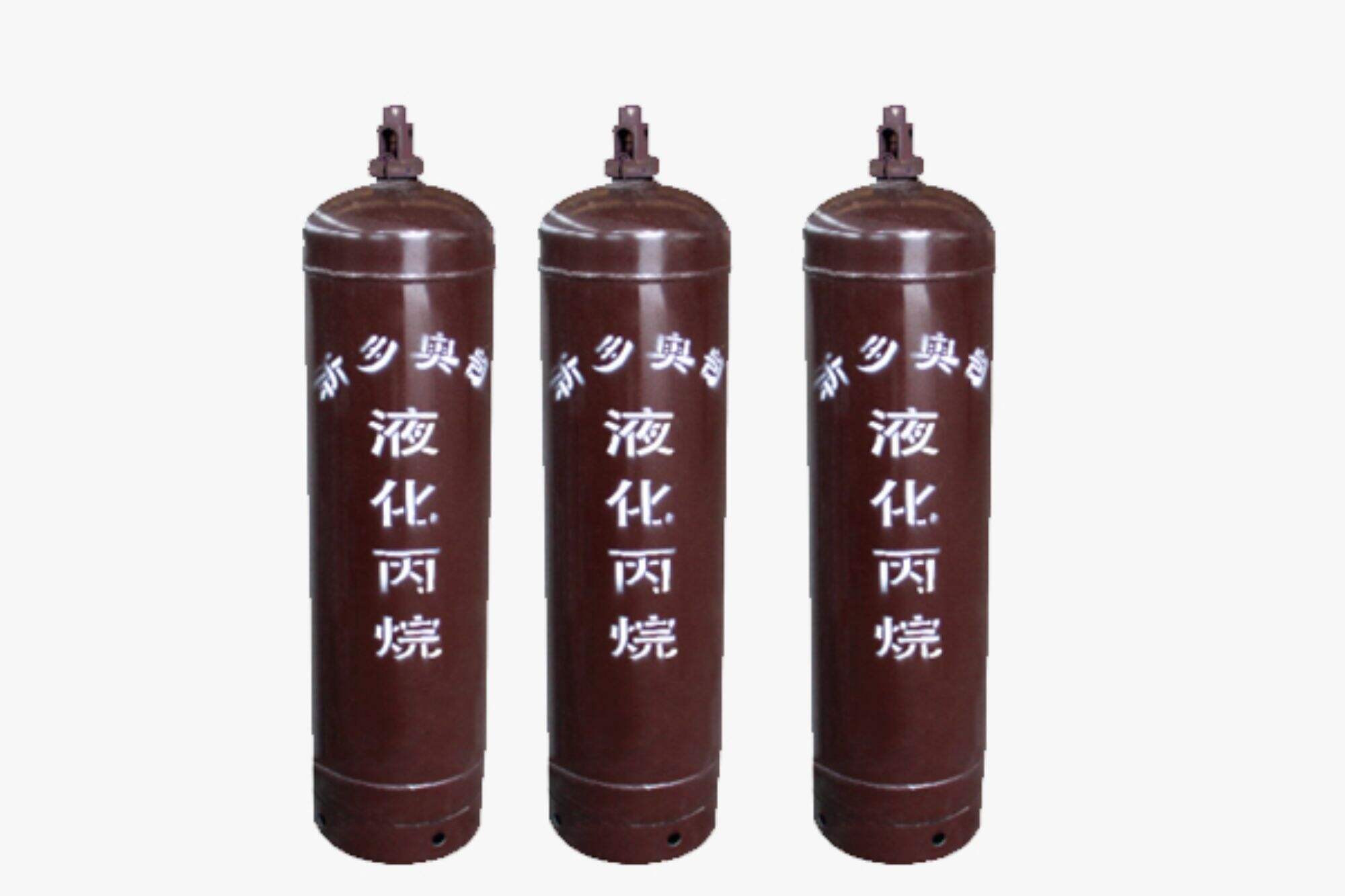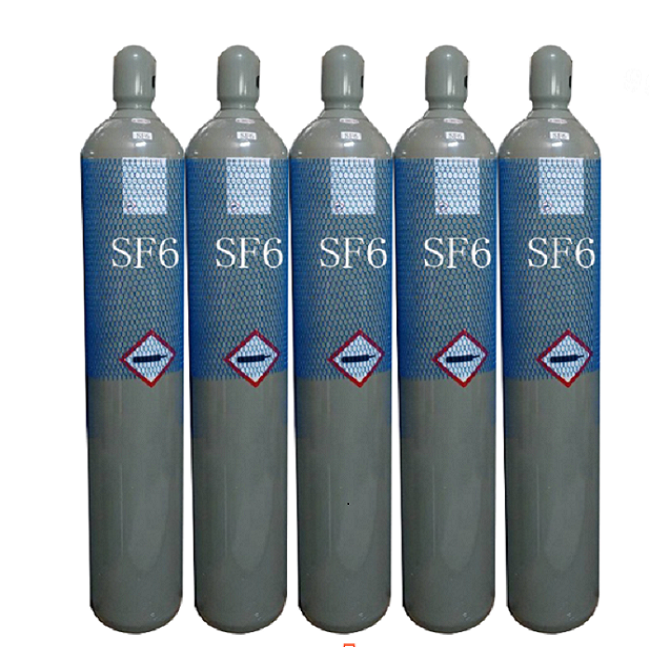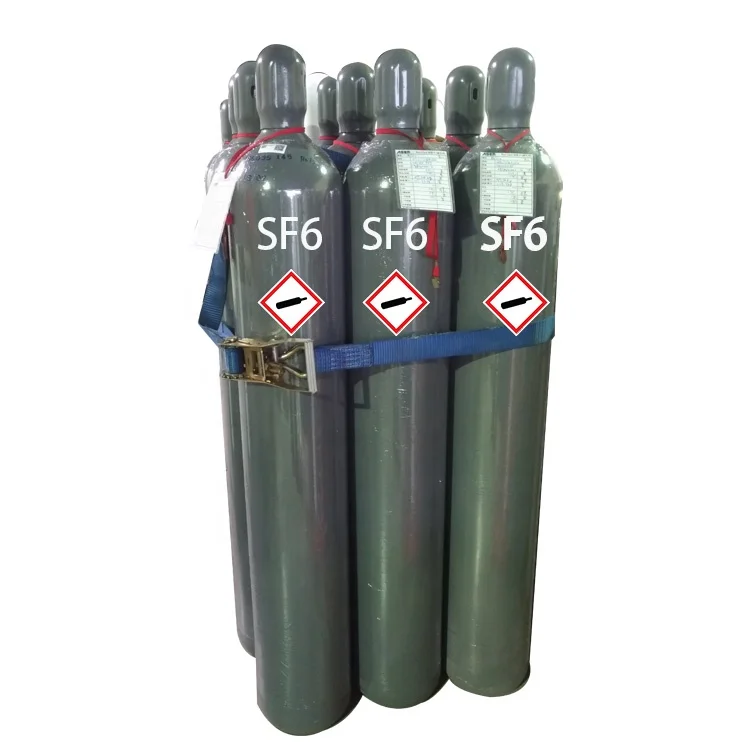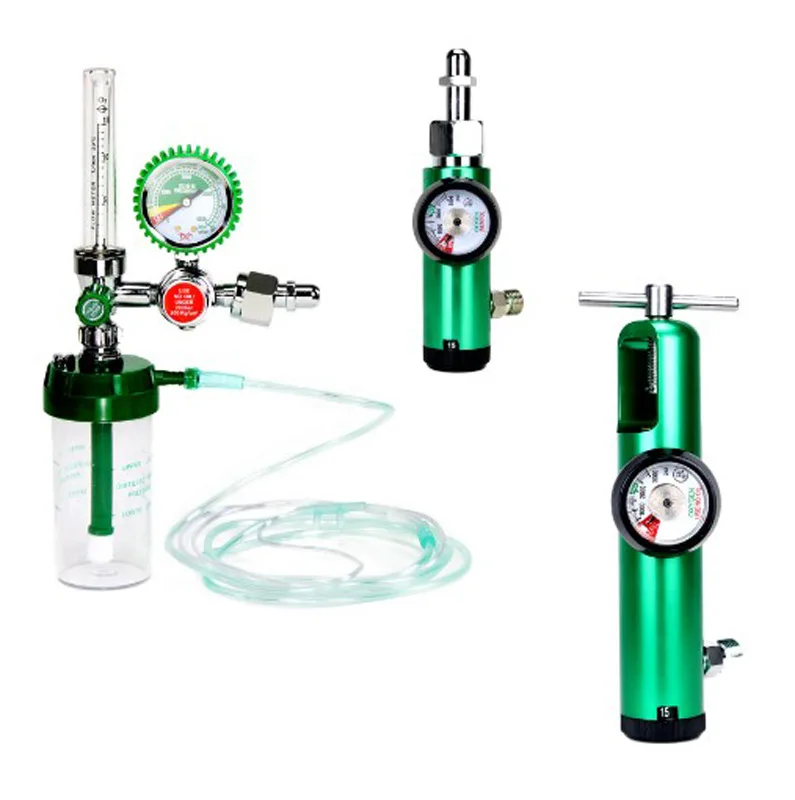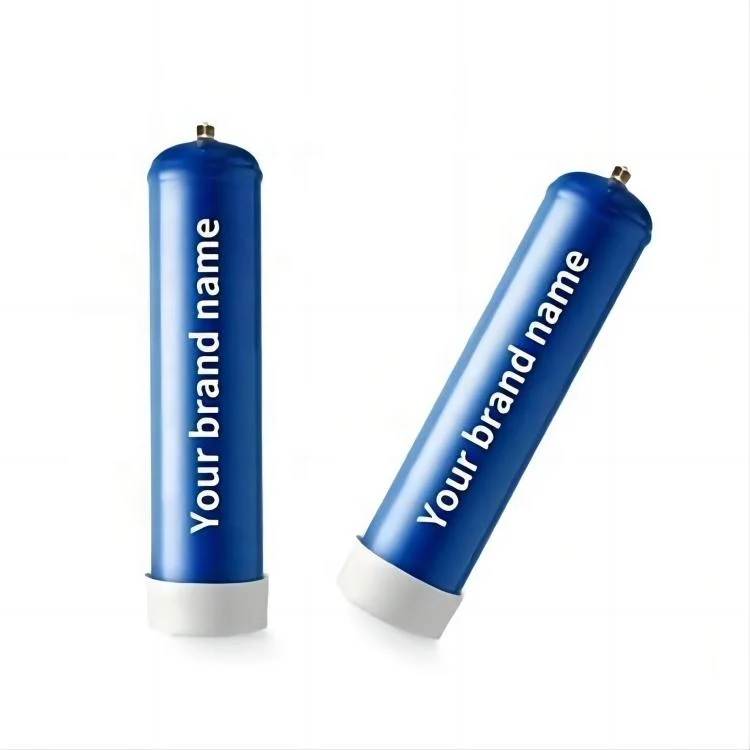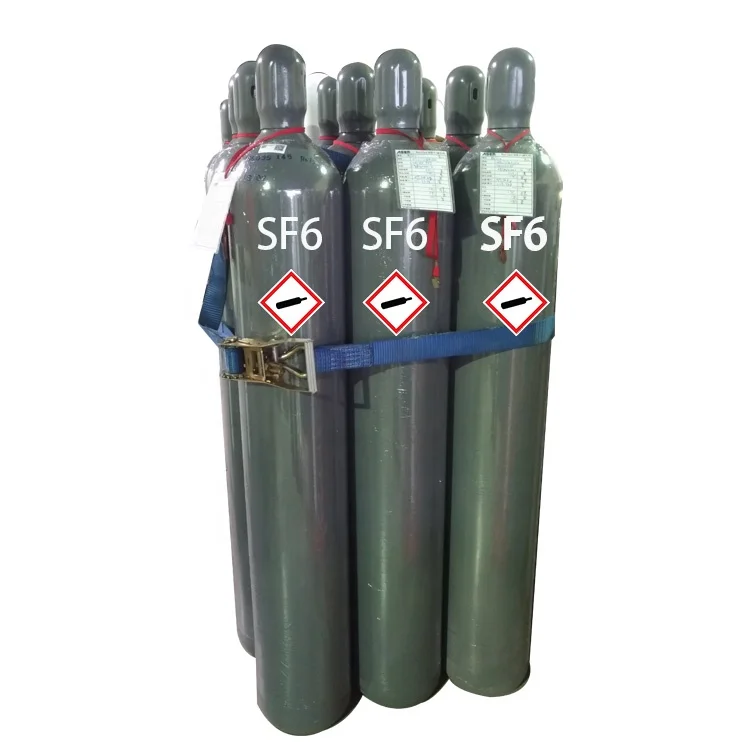- Tirohanga
- Pātai
- Ngā Mea Tautoko
Te whakatuwhera, te AGEM’s Pūtake Whakamahinga 99.9% NH3 Amomoniha Anhaidora Riwai NH3, he whakaiti pai mo te whakangungu pai me te whakahaere pai o nga ra kai. Kua hangaia tenei mahi hei whakamahere pai ki te whakapiki i te pono o te whenua, ahakoa te haumaru me te mōhiotanga e tiaki ana i a matou kaiwhakamahi.
Te Āpure Hōhonu Pūtake 99.9% NH3 Amomoniha Anhioro Liquid NH3 Māngai nei, he whakatipuranga i te hōhonutanga mōkēkē o te amomoniha, e kīia ana ka karekau i ahu atu i te wai. Ko tēnei e mahi ngatahi ana ki te whakapakari i te whakatipu matua o ngā rerenga, me te tuku i ngā pūngao matua ki ngā rerenga o koutou. Ki te kore e taea ana te whakarite i te nuinga o ngā māngai i te kāwanatanga, ko tētahi hoki tō tātau mahi, he anhioro tōna, e tirotiro ana i te kore rawa i ngā hokoaro rānei, ngā hokoaro e āhei ana ki te whakawhiti i ngā rerenga o koutou.
Ko te Āpure AGEM Hōhonu Pūtake 99.9% NH3 Amomoniha Anhioro Liquid NH3 Māngai nei, he waho noa iho ki te whakamahi, ka karekau e hiahia ana ki ngā whirinaki motuhake rānei, ngā whakaako motuhake. Whakamahia inarangi ki te wai, ā, whakamahia ki runga i te oneone i ō koutou rerenga. Ko tētahi māngai liquid e tino whakapakari ana, e taka ana i ngā hua nui mai i ia whakamahi.
Tētahi o ngā paanga nui o te whakamahi i tō tātou AGEM' Tau Pūtaiao 99.9% NH3 Amomoniha Anhioro Liquid NH3 Umu Whakatipurongo, ko tana pūtake hei whai wāhi i te whakapiki i te kaweaea matua. Ko te amomoniha taumata rawa i tō tātou mahi e āwhina ki te whakamahia i te kaweaea pai ake, e hīkina ana ki ngā rerenga kaweaea pai ake, e hoki hoki ana ki ngā tāngata kaha nei, ora ai. Nā te mea hoki, ko ngā toto pai e tuku ana i tō tātou umu matua e āwhina ki te whakapai i te hauora matua o te whenua me te tiaki i te mate me ēnei momo huringa ā-wāhi.
3. Under what circumstances would I be exposed to ammonia
Ko te katoa te tangata e hoko i te taiao i whakaputa noa i te āe, kai. Nui rawa atu nga konohi iti o te amonia i roto i te wai me te whenua. Ka hoki koe ki te whakamahere awhiwhinga i te amonia. Ki te whakamahia e koe nga rorohiko awhiwhinga e pa ana i te amonia, ka hoki koe ki te tahanga nui o te amonia. Ki te whakamahia e koe nga urenga kai e pa ana i te amonia, he noho nei koe i runga i nga marae mahi ahika e whakamahia ana i nga urenga kai e pa ana i te amonia, ka hoki koe ki te tahanga nui o te amonia. Ki te haere koe ki roto i te whare herehere e huna ana i te maha o nga manu (nui rawa atu nga manu ahika), ka hoki koe ki te tahanga nui rawa o te amonia


Ingoa hua |
Liquid Ammonia |
Pūroro |
99.9% |
CAS No. |
7664-41-7 |
Nūmera EINECS |
231-635-3 |
MF |
NH3 |
Whakamahinga |
Urenoa, Whakamahana |
TAH No. |
1005 |
Nui ā-molekūra |
17.031 g/mol |
Tirohanga: |
wheako āhua |
Huarere : |
Huaroma kaha, pūmau |
Tauira: |
99.9% |
99.999% |
Hāora |
/ |
<1<>
|
niteroa |
/ |
<5<>
|
Kāpene Hāora |
/ |
≤ 1 |
Kāpene Monokisi |
/ |
≤ 2 |
Mētana |
/ |
≤ 2 |
Wai (H2O) |
≤0.03 |
≤ 5 |
Ko te nui o ngā uara |
/ |
≤ 10 |
Parahi |
≤0.03 |
/ |

Whakamahi |
Te whakamahi tipikē |
||
Matū ā-maiora mō ngā mahi kai: |
Ka whakamahia i tenei wā ko te amomonihi kore-wai hei whakaiti rānei, hei whakakoa rānei i ngā uara maiora o te parekareka |
||
Pūhoro: |
Te uku whare he tataki o te NH3 ki roto i te wai e whakamahi ana hei pūhoro mō ētahi atu matāpuna |
||
Whakatūnga o te hydroxylamine |
|||
Whakapiki: |
Nā ngā tataki ammonia i waenganui i te 16% ki te 25% ka whakamahia i roto i te whenua whakapiki hei matawhai nītrojenā fāwaera me te tino tautuhinga i te wā i te whakapiki |
||
Pūmau Whenua: |
Ki runga i te ao, ko te 88% nei o te ammonia e whakamahi ana hei pūmau, ina whakamahia ki te whenua, ka taea te whiwhi i ngā kākano whēnua pērā i te maize me te wheat |
||
Tupuranga ki ngā rūinga nītrojenā: |
ināianei kei ngā rūinga, ngā tataki rānei, arā, ina whakamahia ki te whenua, ka taea te whiwhi i ngā kākano whēnua pērā i te maize me te wheat |
||
Kaiwhakatū Rayon |
|||
Pūmotu me te kowhitiwhiti dimetile |
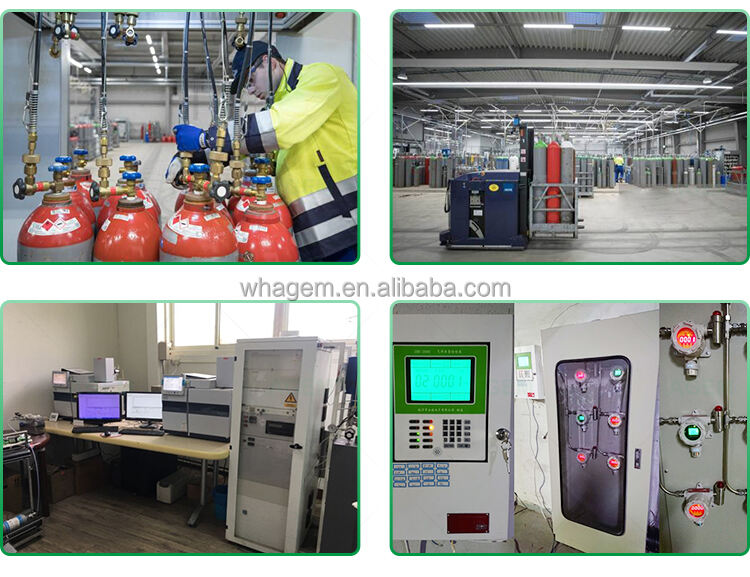

Rahi o te Pākete: |
Pū 50Ltr |
Pīhau 400Ltr |
Pīhau 800Ltr |
|||
Meha Whakamahana Neti/Tūru: |
25kgs |
200kgs |
400kgs |
|||
Tauanga i roto i te Kōpaki 20': |
220 rauemi |
25 rauemi |
17 taonga |
|||
Kua tae te hītori katoa: |
5.5 Tono |
5 Tono |
6.8 Tono |
|||
Mahi o te pūtēki: |
55Kgs |
380Kg |
477Kg |
|||
Pūhanga |
QF-11 / CGA705 |
|||||
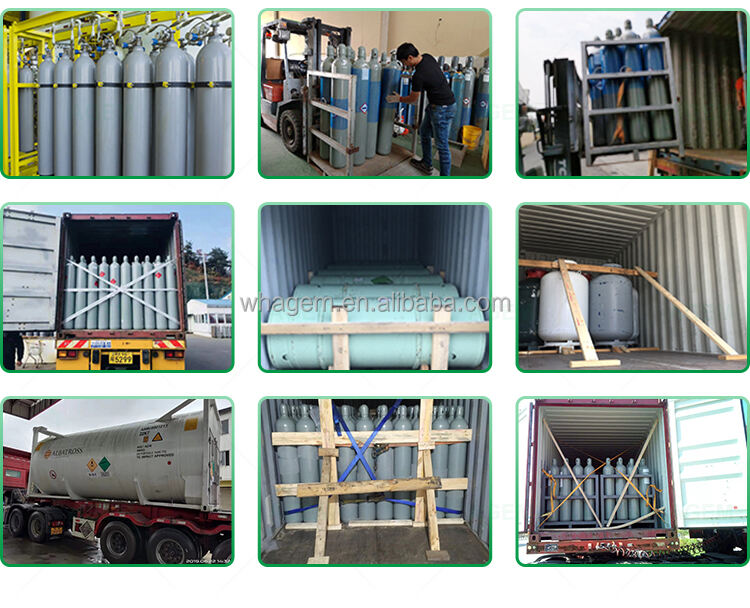
A: Mai i te kotahi puipui
A: 7-10 ra Exwork i muri i te hokohoko tautohu, I muri i te hokohoko o te waka ki runga ranei i te hau, ka mohio matou i te waehanga katoa hei whakamana ki te whenua o te kaihoko.
A: Tuatahitia, ka mahi to matou rōpū i ngā puipui (whakapai, whakararahi, whakawehi, whakapuhi, me te whakatūhanga i mua i te tirotiro i te hā hei whakamana i te mea ka pai te roanga i roto i te puipui) Tuatorutoru, ka tirotiro mai matou i ngā puipui i whakapaihia anō, hei whakamana i te pai o te roanga me te whakararahi i roto i te puipui. Tuawha, ka whakauru mai matou i te hā i roto i ngā puipui me te whakaaetanga o te COA (Tūtohetanga o te Whakauru)
A: Ki te taumaha, ko te oranga mahi o ngā puipui kōriki ake nei he atu i te 20 tau, Ka whakamahia ngā puipui whakamutunga mo te wa o te waenei anake.
A: Āe, i te wā ka oti ngā pūmanawa ki te kore hāpai, ka taea e koe te whakahoki i ngā pūtahi kua nui mai, me te whakapai i te hā. Me mōhio atu koe ki a mātou i mua i tō whakahēke, ka mahi mātou i ngā waahanga tirotiro whenua mō ngā pūtahi i Wīneya.
A: Pūtahi DOT-3AA ISO9809, GB5099, TC-3AAM. EN1964, KGS TAPU: DISS, CGA, DIN, BS, AFNOR, JIS.
A: Nā runga i te taha 2.2 o ngā taonga DG, me kawe i te waka me ngā taonga DG, ki te kawe hei taonga noa, ka mate haere, me whakahē mātou i ngā taonga DG i te kaiwaka, kei te whai koe i ngā taonga noa rānei, ka taea e koe te whakauru ki roto i te kawe me te kawe hei taonga DG.
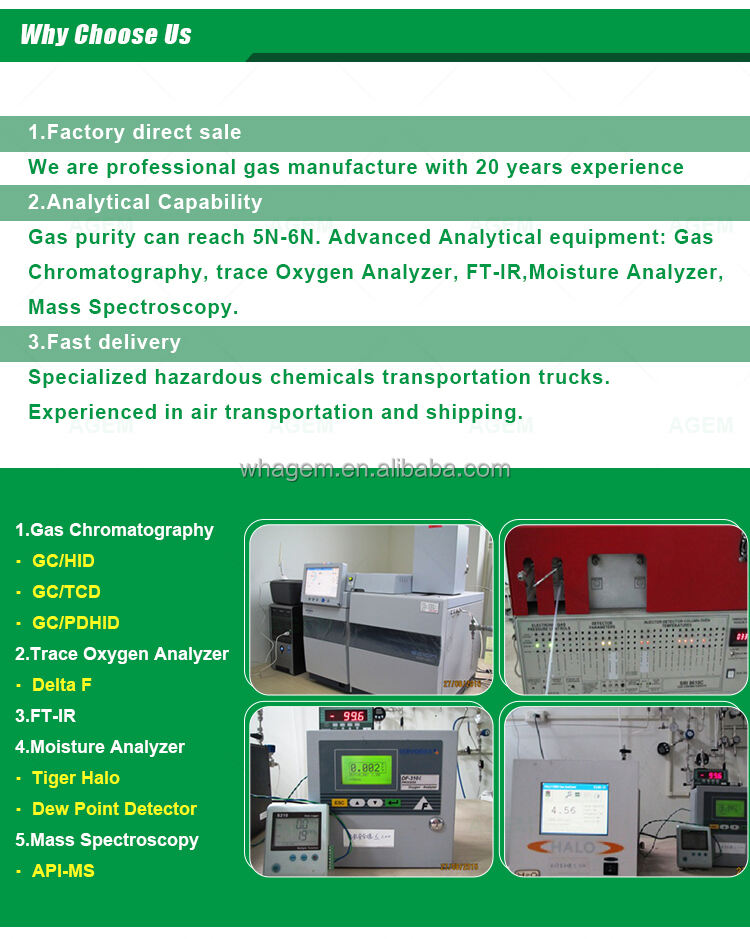
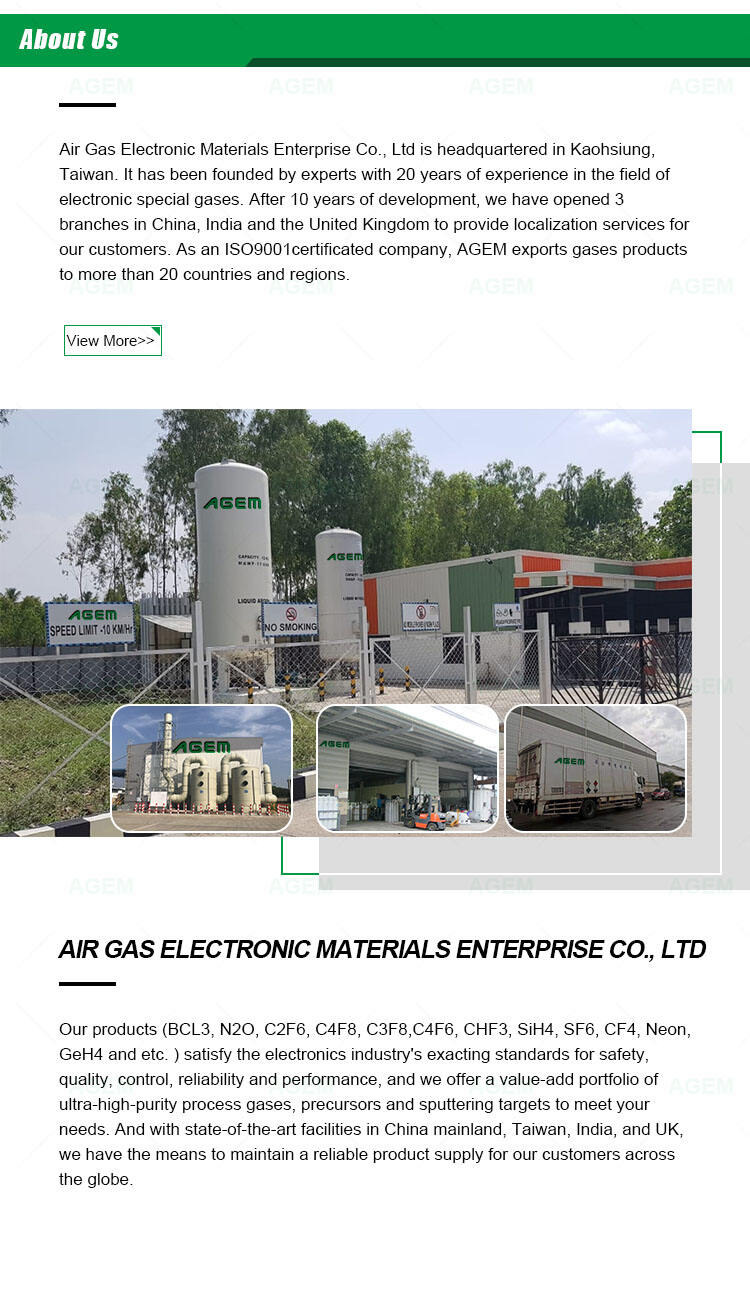
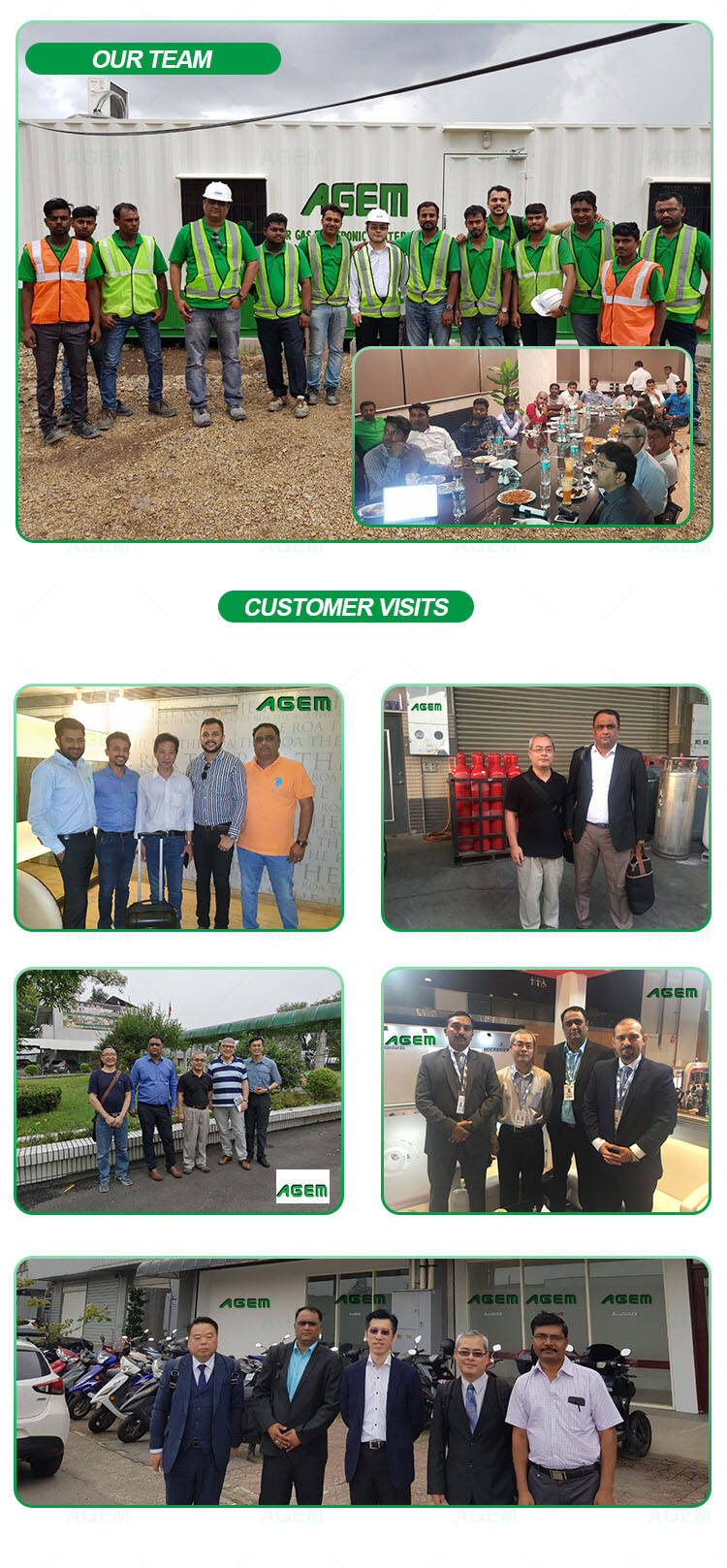


 EN
EN
 AR
AR
 CS
CS
 DA
DA
 NL
NL
 FI
FI
 FR
FR
 DE
DE
 EL
EL
 IT
IT
 JA
JA
 KO
KO
 NO
NO
 PL
PL
 PT
PT
 RO
RO
 RU
RU
 ES
ES
 TL
TL
 ID
ID
 SK
SK
 SL
SL
 UK
UK
 VI
VI
 TH
TH
 TR
TR
 AF
AF
 MS
MS
 SW
SW
 GA
GA
 CY
CY
 BE
BE
 KA
KA
 LO
LO
 LA
LA
 MI
MI
 MR
MR
 MN
MN
 NE
NE
 UZ
UZ
